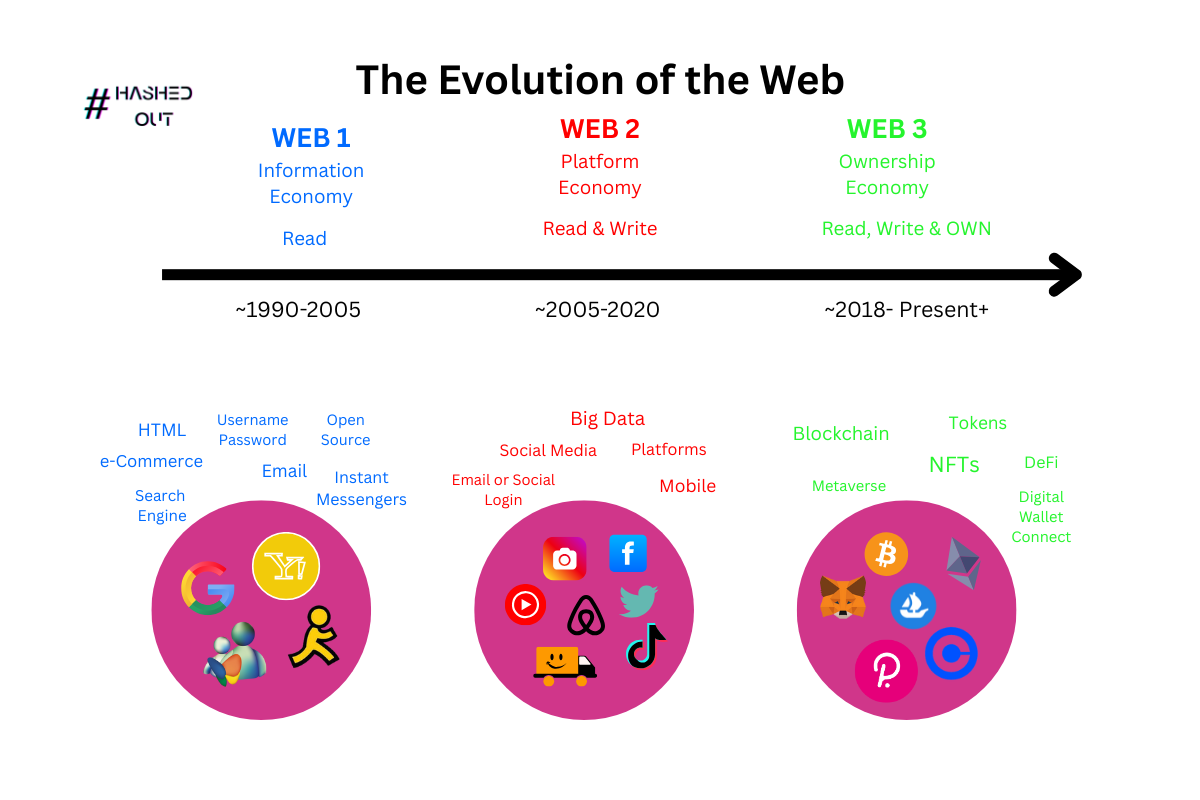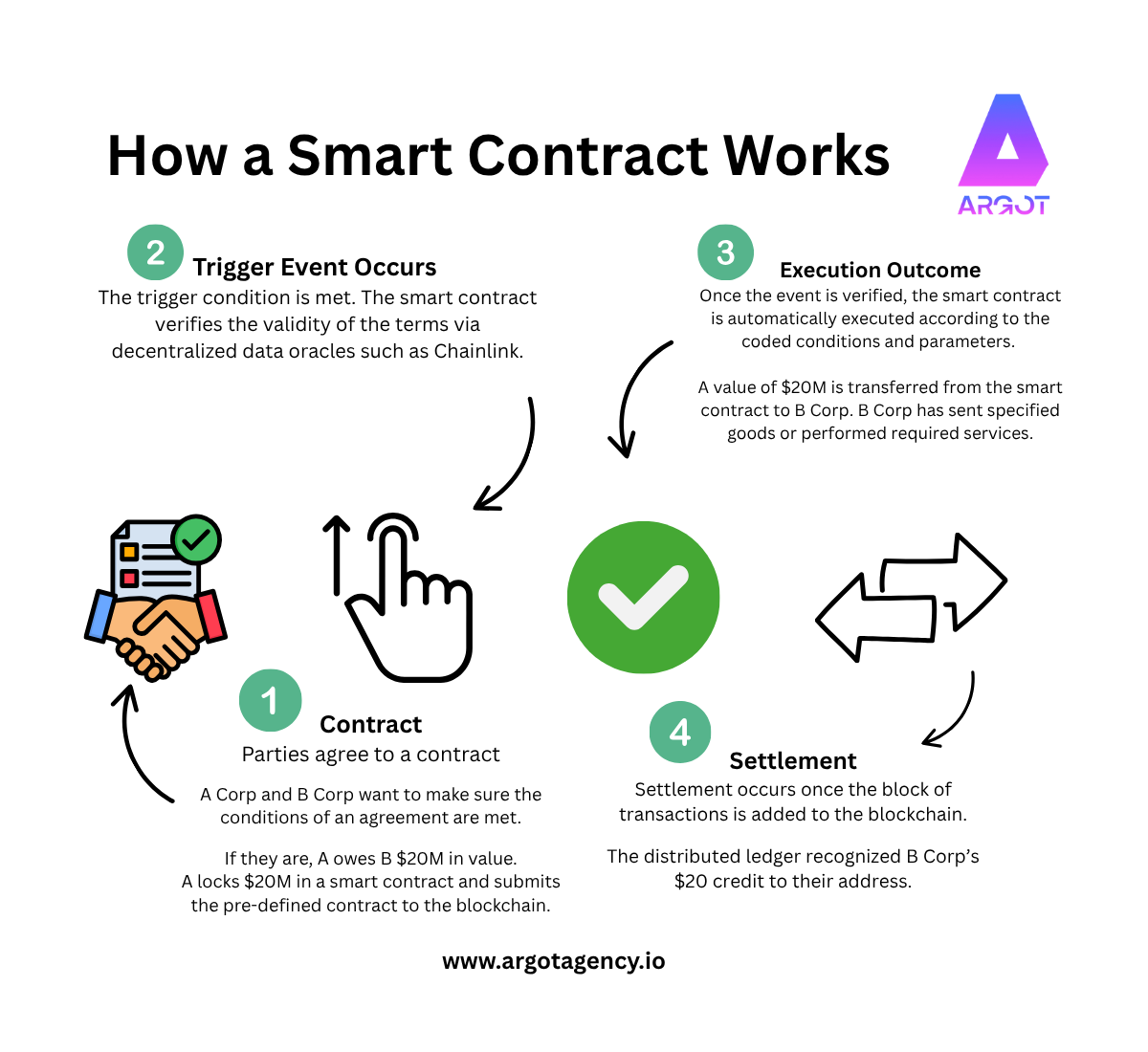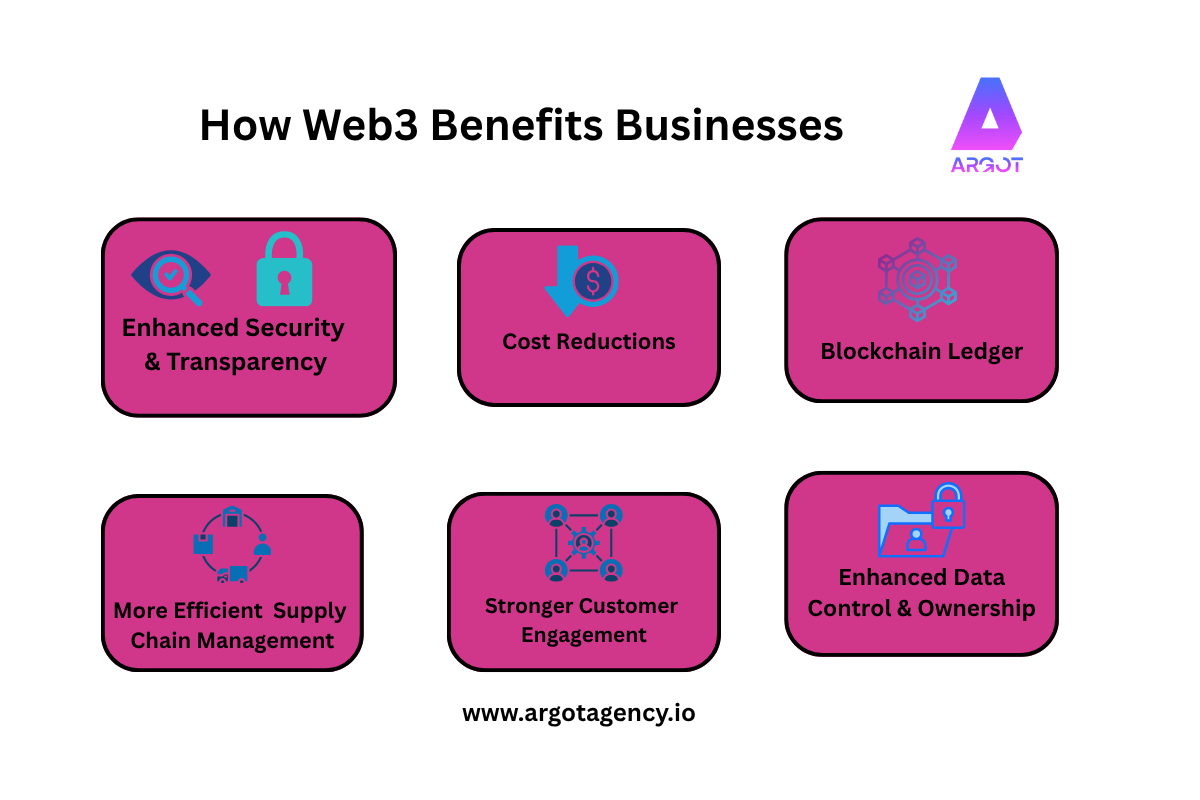A New Internet Is Emerging
You’ve probably heard the term Web3 tossed around — often alongside buzzwords like crypto, NFTs, or metaverse. But underneath the hype lies a profound shift: a rethinking of how we structure ownership, identity, and trust on the internet.
The internet has evolved before — from static pages to interactive platforms — and now it’s evolving again. Web3 is not just a technological update; it’s a philosophical one. It reimagines how users, creators, and businesses participate in digital ecosystems.
\

From Web1 to Web3 — How We Got Here
To understand Web3, it helps to revisit how we got here.
- Web1 (1990s – early 2000s): The Read-Only Era
The first version of the internet was static. Users consumed information — news articles, blogs, early websites — but couldn’t easily contribute. The experience was largely one-way. - Web2 (mid-2000s – today): The Social and Platform Era
Platforms like Facebook, YouTube, and Twitter made it easy to create, share, and connect. But with this came new trade-offs: we gained convenience at the cost of control. Tech giants became gatekeepers, monetizing user data and attention. - Web3 (emerging now): The Read–Write–Own Era
Built on blockchain and decentralized infrastructure, Web3 gives users direct ownership of digital assets, identities, and even communities. Instead of “renting” your digital presence from platforms, you hold it yourself.

The Core Pillars of Web3
Web3 rests on several foundational ideas. Understanding these is key to grasping its potential.
1. Decentralization
In Web2, data is stored on servers owned by a few large corporations. In Web3, data and value live on distributed networks, verified by consensus rather than controlled by a single authority.
This shift removes single points of failure and introduces transparency — users can see what’s happening “on-chain.”

2. Ownership & Digital Assets
The cornerstone of Web3 is digital ownership. Through blockchain technology, you can own unique digital assets — from cryptocurrencies to NFTs (non-fungible tokens) — stored in a wallet you control.
For businesses, this opens new models for loyalty, access, and engagement. Imagine giving customers real ownership in a brand community rather than points that expire.
3. Smart Contracts
Smart contracts are programmable agreements that execute automatically when conditions are met. They remove intermediaries — no escrow, no manual approval — just code ensuring fairness and efficiency.
For example, a musician could release an album as NFTs with royalties automatically distributed to all contributors every time a sale happens.

4. Interoperability
Web3 envisions a web where users carry their digital identity, assets, and data across platforms. Your wallet becomes your login.
This allows seamless participation across dApps (decentralized applications) without repeatedly creating accounts or surrendering personal data.
Why Web3 Matters for Business
The implications for business are significant — not because Web3 replaces existing systems, but because it changes the rules of engagement.
- Transparency and Trust:
Blockchain-based systems allow anyone to verify transactions, building trust through openness rather than reputation alone. - Community as a Competitive Advantage:
Web3 allows brands to turn customers into stakeholders. Community tokens or NFTs can reward loyalty, participation, or advocacy. - Disintermediation:
By cutting out middlemen, businesses can engage customers directly. Artists, writers, and developers can monetize their work without platform cuts. - Programmable Economies:
Companies can create tokenized ecosystems — with incentives, access levels, and shared value built directly into their business model.

Common Misconceptions About Web3
Web3 has its skeptics — and that’s healthy. But many criticisms stem from misunderstanding.
- “It’s all about crypto.”
While cryptocurrencies are part of Web3, they’re just one layer. The deeper innovation is ownership and decentralization — how we move, store, and verify value online. - “It’s too technical.”
Early internet use was confusing too. Over time, better interfaces and education made it accessible. The same will happen with Web3. - “It’s a fad.”
Like social media in 2006 or e-commerce in the 1990s, the early stages of disruption always look uncertain. But the infrastructure being built today will underpin digital business for decades.
Where We Are Now — The Early Building Stage
Despite massive innovation, we’re still early.
Tools are improving rapidly, but mass adoption will take time. The biggest opportunities today are in experimentation and learning:
- Brands like Nike, Adidas, and Starbucks are testing NFT-based loyalty and digital collectible programs.
- Financial and legal systems are exploring smart contracts for automation.
- Governments and institutions are researching decentralized identity and tokenized assets.
The winners of Web3 won’t be the fastest — they’ll be the ones who understand how to combine new technology with genuine human value.
The Opportunity Ahead
Web3 is a new layer of the internet — one that empowers users, creators, and organizations alike. It’s not about tearing down what exists; it’s about building better foundations for ownership, transparency, and collaboration.
The key takeaway: this isn’t just for technologists. It’s for strategic thinkers — people who see where the digital world is headed and want to get there early.
At Argot, we help businesses bridge that gap — translating Web3 concepts into actionable strategy, brand architecture, and community-driven ecosystems.
→ Ready to explore how Web3 could reshape your brand?
Visit www.argotagency.io or contact us to start your Web3 strategy roadmap.
TABLE OF CONTENT



